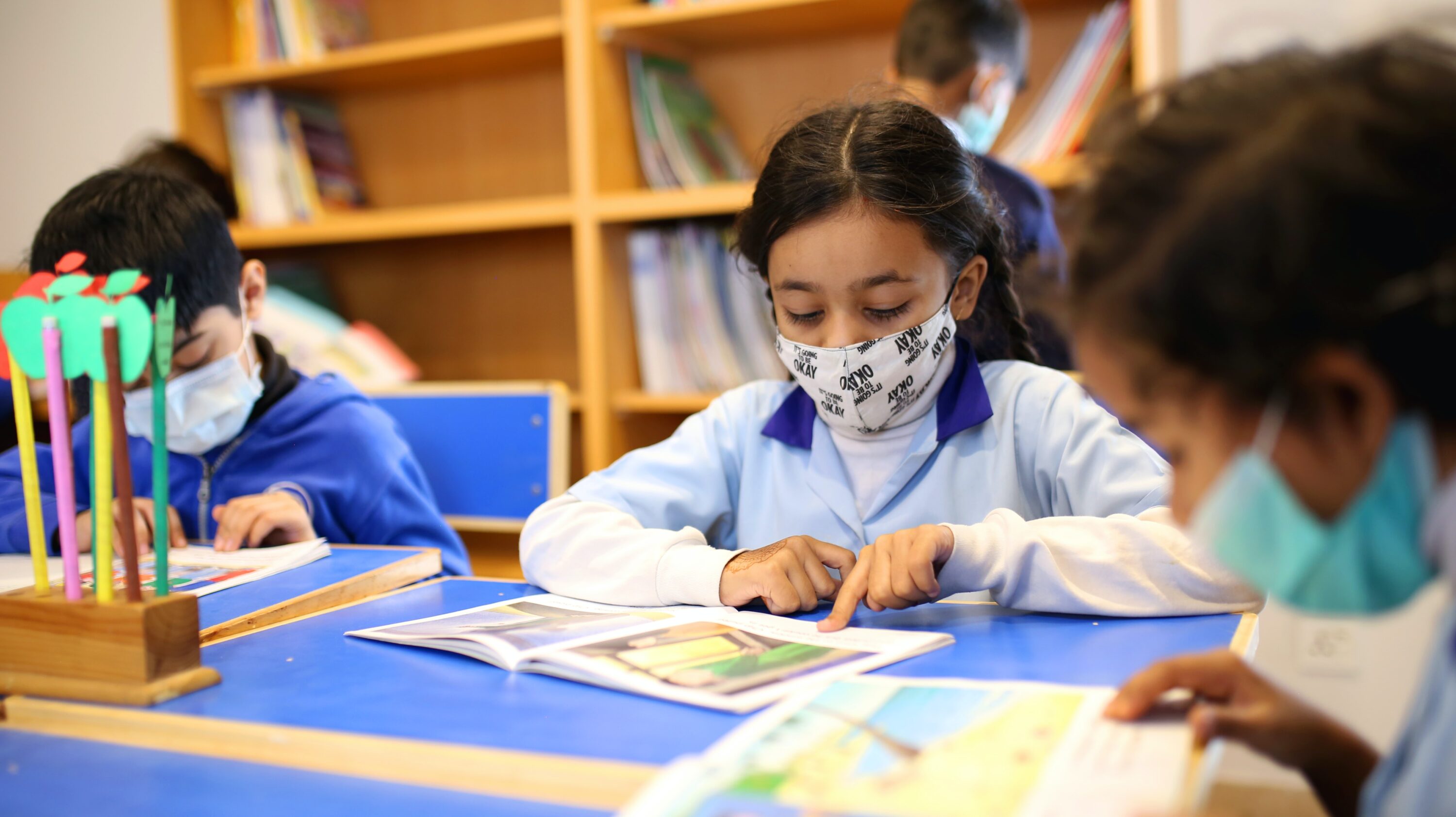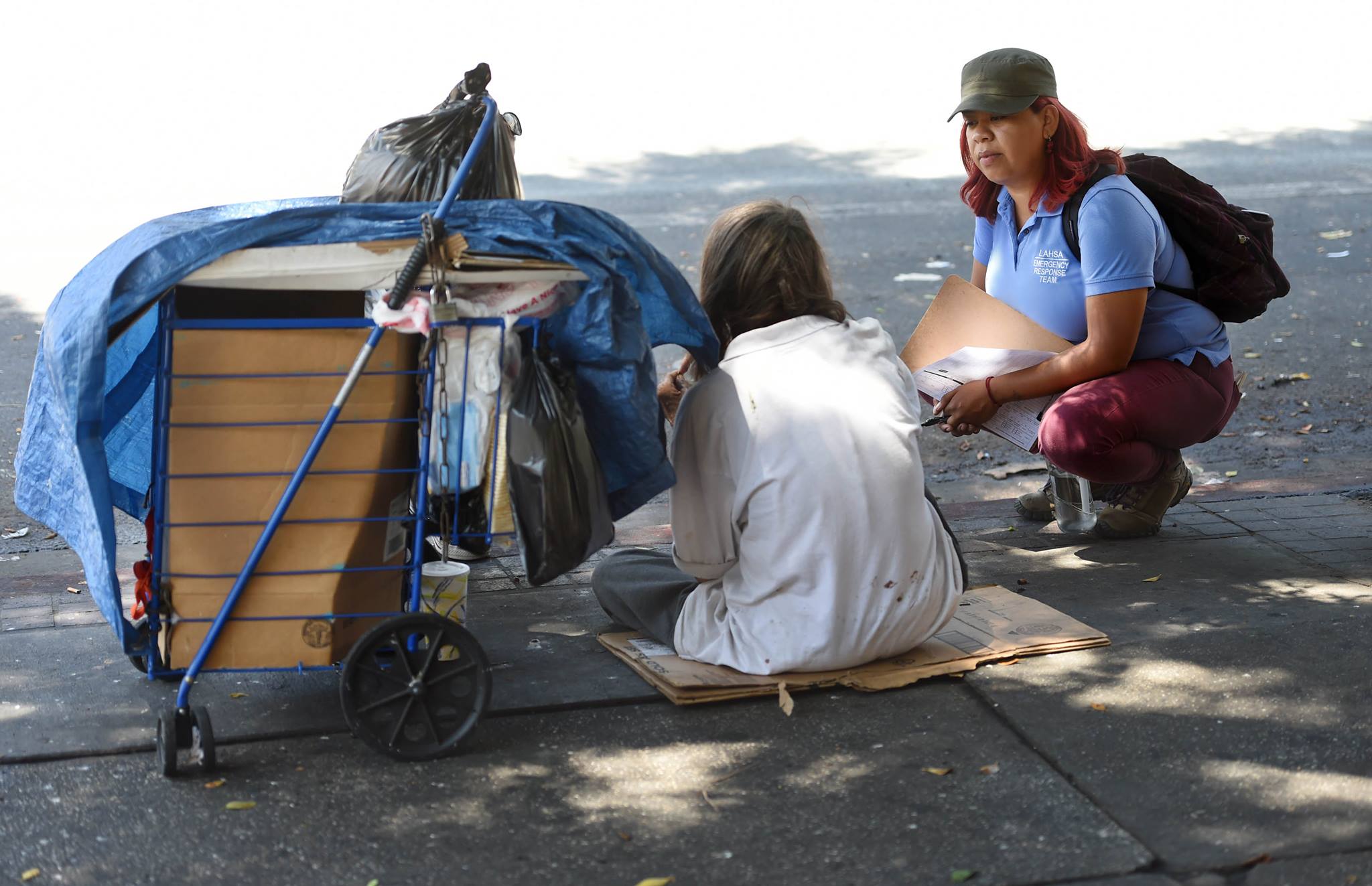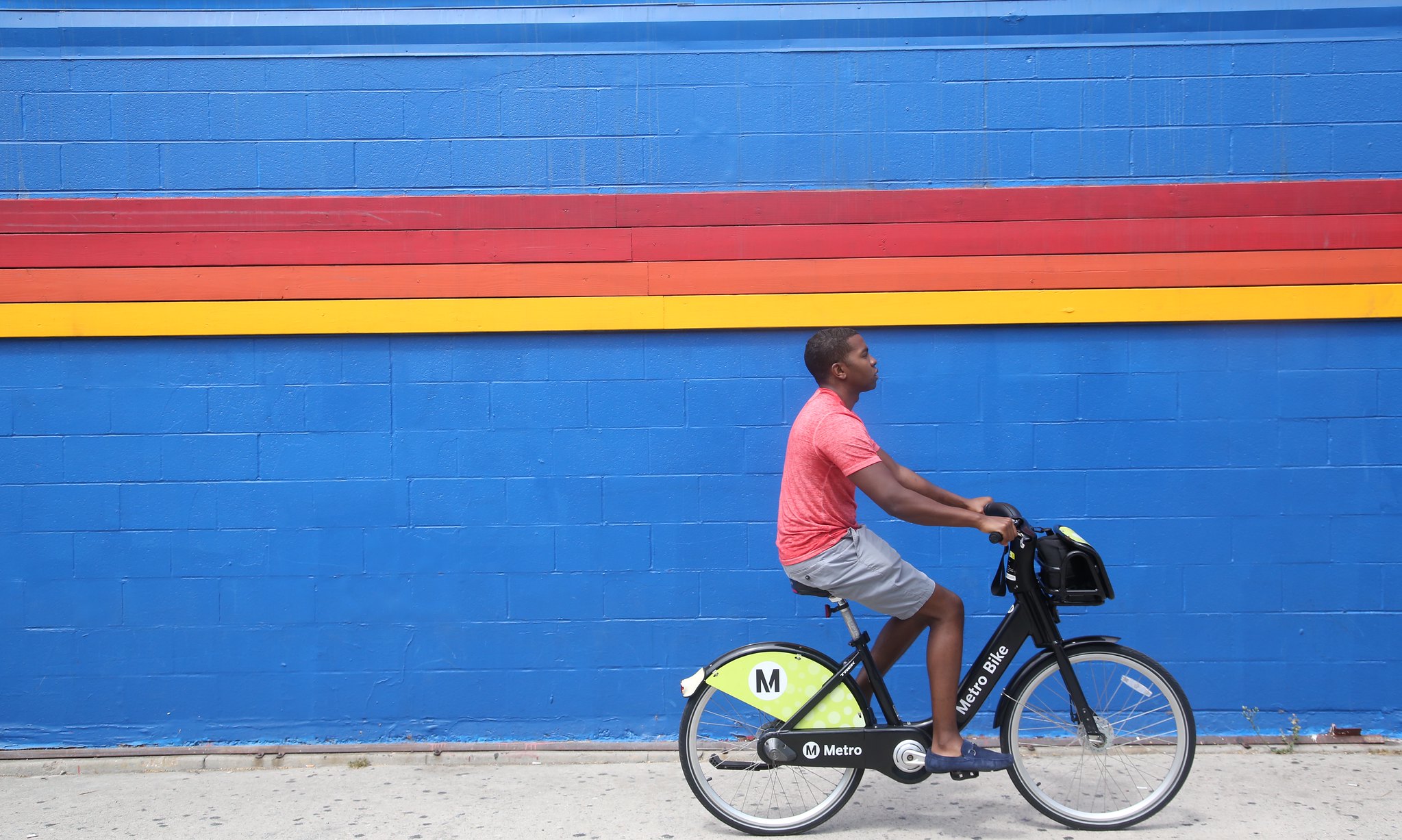Orange County’s COVID-19 hospitalizations remained stable, the first time there hasn’t been a notable increase over the past few weeks, according to data recently released by the Orange County Health Care Agency.
The patient load in the county’s hospitals has been building day to day from 188 on Dec. 20 to 215 on Dec. 21.
Hospitalizations inched up from 1,071 on Wednesday to 1,072 on Thursday, with the number of intensive care patients rising from 159 to 168, according to the Orange County Health Care Agency.
The county also logged 8,440 new positive COVID-19 tests Thursday, increasing the cumulative total since the pandemic began to 422,418.
The county has 19.2% of its ICU beds available and 63% of its ventilators. Of those hospitalized, 86% are unvaccinated and 87% in the ICU are not inoculated, according to OCHCA.
“It’s good hospitalizations have plateaued — I’ll take that all day long,” Andrew Noymer, an epidemiologist and UC Irvine professor of population health and disease prevention, told City News Service on Thursday.
“But it’s too early to do a victory lap,” he added. “I was pretty sure this summer Delta (variant) would peak higher than it did. I actually don’t think that it is inconceivable that we’re finding the peak, but just for one day — you’ve got to give me more than that.”
No matter how much higher hospitalizations may go the death toll may not match prior surges, Noymer said.
“I do think the mortality will be less,” he said. “First of all, Omicron is milder, which is not to say for the unvaccinated it’s anything to sneeze at, but Omicron is less severe clinically and even more so for the vaccinated, but, also ventilation use is down and hospital stays are less number of days on average.
“This is not a silver lining, per se, but it’s a fact that there will be fewer deaths for hospitalized patients this time around compared to last January. But we’re all really in a wait-and-see period, so I’m not calling the peak.”
The county’s adjusted daily case rate per 100,000 residents inched up from 103 on Wednesday to 103.4 on Thursday. The testing positivity rate inched up from 25.9% to 26.8%, and increased from 28.3% to 29.8% in the health equity quartile, which measures underserved communities hardest hit by the pandemic.
The number of fully vaccinated residents in Orange County increased from 2,341,562 last week to 2,357,761, according to data released Thursday.
That number includes an increase from 2,189,337 last week to 2,205,067 of residents who have received the two-dose regimen of vaccines from Pfizer or Moderna.
The number of residents receiving the one-dose Johnson & Johnson vaccine increased from 152,225 to 152,694. Booster shots increased from 900,815 to 975,937.
In the relatively recently eligible age group of 5 to 11 years old, the number of children vaccinated increased from 46,791 to 52,803 versus 215,777 who have not gotten jabbed. It’s the least vaccinated age group in Orange County. The next-worst vaccinated age group is 25 to 34, with 314,619 inoculated and 144,782 who have not gotten a shot.
The most vaccinated age groups are seniors.
The seven-day case rate per 100,000 for residents not fully vaccinated increased from 212.9 as of Jan. 1 to 290.1 on Jan 8, the latest data available. The case rate for the fully vaccinated without a booster shot increased from 189.2 to 220.4, and the case rate for the fully vaccinated with a booster went up from 72.2 to 91.9.
“You can look at the data in two different ways,” Orange County CEO Frank Kim said Wednesday. “We continue to see increases in daily positivity and case numbers, but that is also a function of increased testing. I also think that’s underreported because so many individuals have access to rapid testing (at home).”
Kim also said it makes little difference whether the hospitalized patients are in for mainly COVID-19-related symptoms or if they are what’s known as “incidental” cases of a patient hospitalized for another malady and happens to test positive for the virus.
“When you get into the large numbers you have today it really doesn’t matter,” Kim told City News Service. “It’s the general trend you have to look at. The hospital numbers are climbing and they haven’t slowed down yet so it’s concerning.”
The Orange County Board of Supervisors on Tuesday mandated that county employees be given 40 more hours of sick leave so they will be encouraged to stay home when under the weather.
About 600 county employees, out of a total of about 17,000, have been infected since mid-December, Kim said. When an employee gets infected, he or she is out a minimum of five days given the need for quarantine. That can eat up all of a worker’s sick leave so that they might be more inclined to show up for work with mild symptoms in the future, Kim said.
The county logged two more COVID-related deaths on Thursday, both of which occurred last month.
The death toll for December is now 64. Deputy county health officer Dr. Regina Chinsio-Kwong said Friday that 50 of those who died in December were unvaccinated and seven were seniors.
November’s death toll stands at 103. October’s death toll stands at 127, with 196 for September and 182 for August.
In contrast, the death toll before the Delta variant fueled a summer surge was 31 in July, 19 for June, 26 for May, 47 for April, 202 for March and 620 for February.
January 2021 remains the deadliest month of the pandemic, with a death toll of 1,598, ahead of December 2020, the next deadliest with 985 people lost to the virus.







